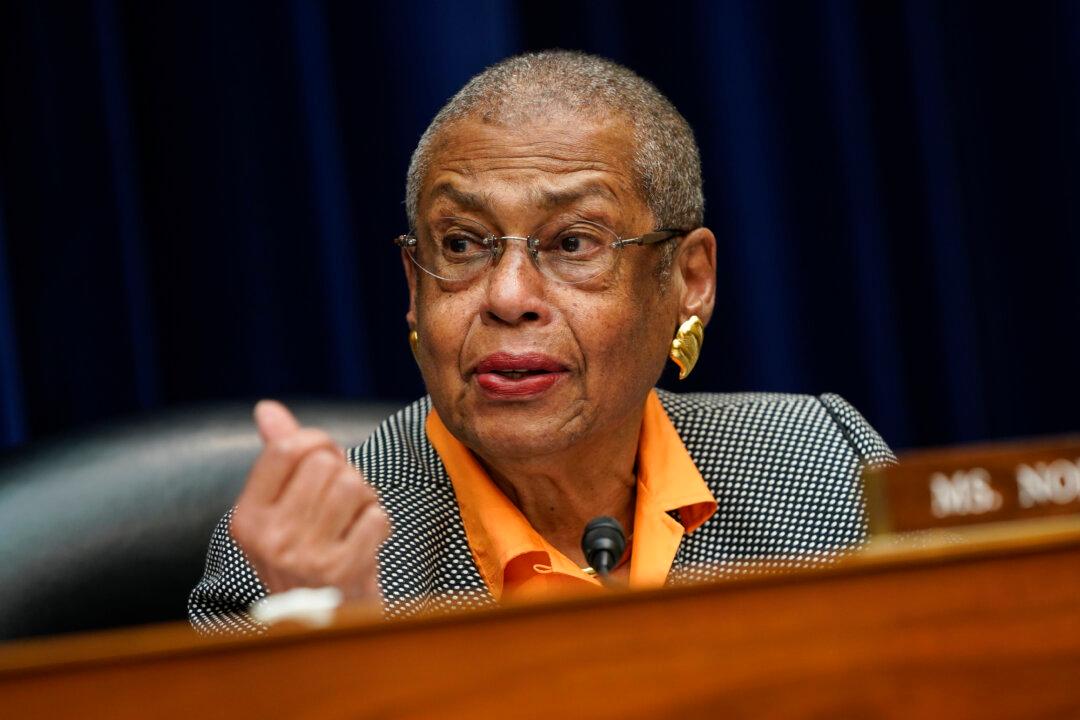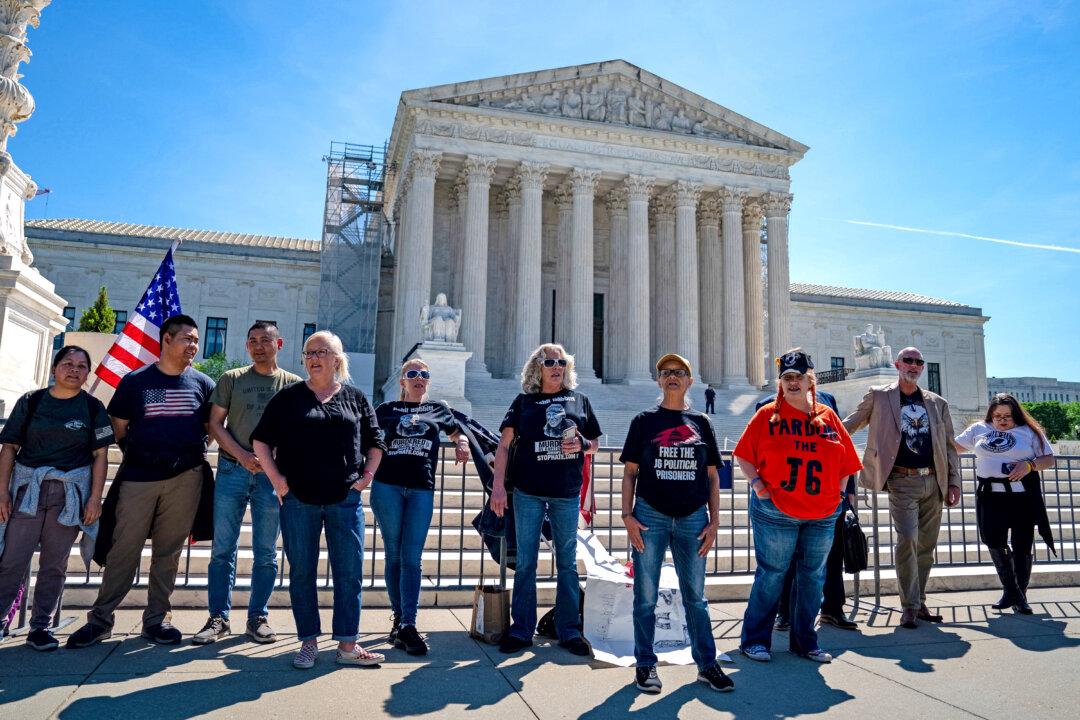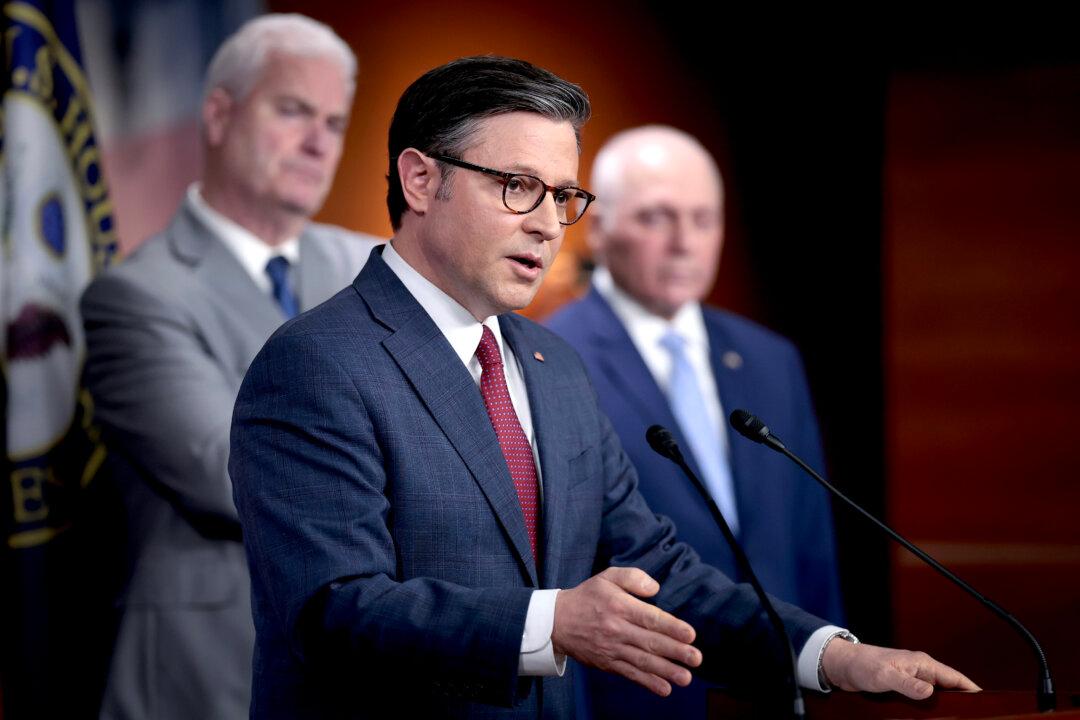He’s an Iron Man. At 83 that’s some achievement, given he completed 34 Iron Man competitions after he turned 65. For those that don’t know what that entails, Frank Farrar biked 112 miles, swam 2.4 miles, and ran full marathons to finish in all but six of the competitions. Farrar also ran for governor of South Dakota. He won that race as well, serving from 1969 to 1971. He also owns a bank, and knows how to run it.
Dennis Daugaard’s parents were born deaf. He grew up learning sign language. The Daugaards lived on a small farm. Dennis got up every morning to milk the cows before he trekked to a one-room country school. Elected in 2010, he is the current governor of South Dakota.
These two men share the wisdom of their experience. Their thoughts and actions, while not new, are today an experiment in good government, personal responsibility, and integrity. In practice it means going back to core values and restraining waste, corruption, and abuse in mega-government.
“They’re academic people. They never ran a small business … the Fed is made up of economists not bankers,” Farrar said, describing the people who control the Federal Reserve, which controls the U.S. economy.
The Fed regulates prime interest rates that banks pay to borrow money, which determines interest rates banks pay customers who save, and interest rates banks charge on loans and mortgages.
“It costs us $1,000 a month for each employee’s health plan. We have 400 employees. Government didn’t fix the cost. I live in a little town of 1,300 people,” Farrar said.
He recounted that his wife was once taken to the hospital, after dozing off—something she does occasionally, but that does not warrant a hospital stay. Costs piled up the whole way, including $400 for a short ambulance ride and $2,600 for tests. “There was nothing wrong with her. Who can afford that? Got to fix it. Hospitals charge $4,000 for a Band-Aid, $100 a day for pajamas, and you don’t get to keep them,” Farrar said.
In a few minutes this Iron Man, former South Dakota attorney general and governor, touched the crux of important dilemmas in America today.
While former Governor Farrar used hyperbole to make his point, any person who has examined a hospital bill will see exaggerated costs. One ibuprofen is billed at $8. Volunteer ambulance corps routinely bill government programs and insurance companies excessive charges, despite the fact that they are volunteers supported entirely by the community and donations—to say nothing of commercial ambulance services that are in it for profit.
Patients are dismayed by charges that appear on hospital bills and fees charged by ghost doctors of all kinds that pop into the patient’s room. These ghosts on staff usually just say hello, sometimes introduce themselves and, as often as not, perform no valid service. Their presence is unnecessary.
The way medical fees are paid by government programs determines how providers bill in order to maximize their profit. Large multi-hospital corporations and doctors’ medical groups have adapted their billing to offset reduced fees allowed by government programs and health insurance companies. Unnecessary tests are performed to run up the fees and bills that are higher profit than simply a doctor’s office visit.
When Farrar described the Federal Reserve it is clear that the manipulations undertaken by managers of this quasi-official banking institution have gravely affected the U.S. economy. People are not saving money in banks. They are running up large credit card debt and debt in general. In a false economy people have not waited until they could afford a house then put down a reasonable down payment. Greed and the desire to get luxury immediately, whether they could afford it or not, caused disaster in the mortgage lending field. It led to bankruptcy of many banks.
“Banks are not lending. There are 800 banks that went broke. The FDIC (Federal Deposit Insurance Corp., insurer of savings up to set limits) can’t help. They don’t have the money. We’re assessed 3 years in advance to pay for bank closures. It costs them 25 percent of the assets to close a bank. Why do they do it? People have to have access the money. These banks are for the little people and they shut them down,” he said, and Farrar is a bank owner.
Eliminating Waste
Governor Dennis Daugaard made a campaign promise to balance South Dakota’s budget without raising taxes. “Just like our families and businesses, state government cannot spend what it does not have,” Daugaard said. “Across the country people are seeing first-hand what can happen through fiscal irresponsibility. We are determined not to fall into the same trap that has ensnared our federal counterparts.”
To accomplish his goals of balancing the state’s budget, the legislature worked with the governor to cut spending 10 percent. Across the board, government departments returned almost $2 million of unspent appropriations from their budgets.
In the federal system managers routinely hurry to spend, even waste, money left over in their budgets before the end of the year so that their appropriation will not be cut in the next budget. Unspent appropriations make it look like the department really didn’t need all that money in the first place. It is a never-ending cycle.
Governor Daugaard’s family farm was between Garrison and Dell Rapids, S.D. During his senior year in high school his parents came on harsh economic times. They had to auction their livestock although they were able to keep the house. They had to take jobs as janitors. “I worked my way through college at the University of South Dakota. I washed dishes to pay for my meals in college, all four years.”
After graduation, Daugaard attended the University of Chicago law school. He worked as a security guard weekends and clerked at a law firm during the week to earn money. He drove a bus for the Chicago transportation authority all summer to pay for his education.
“All those early years shaped me,” Daugaard said. “I believe in hard work. Success through determination—I saw that through my parents. Despite their disability, they made their own way in life. I have a strong belief in self-reliance.”
Skeptics will remark that South Dakota, with its population of some 814,180 people living in 77,116 square miles, is not a New York, Texas, Florida, or California. The state is home to nine Indian Reservations. While not equated with larger welfare states, some reservation programs share many commonalties with big-city government assistance programs. The analogy and example is applicable anywhere, regardless of population or size of the budget.
“South Dakota is an agricultural state. The economy is fairly stable. We had manufacturing jobs that were lost but they came back … We maintained spending. I cut my salary 15 percent,” Daugaard said.
Another great man, John D. Rockefeller Jr., established a credo that “thrift is essential to well-ordered living and economy is a prime requisite of a sound financial structure, whether in government, business, or personal affairs.”
The precept is clear. While these two men that have the vision to see it span several generations, both former Governor Farrar and current Governor Daugaard have solutions in hand to mend America’s economy. If America is to survive economically then those who regulate the economy and run the bureaucracies that enable it to function must learn simple lessons these two governors have taught. It is not too late to fix America.
John Christopher Fine is the author of 24 books. His articles appear in magazines and newspapers in the United States and Europe.









Friends Read Free